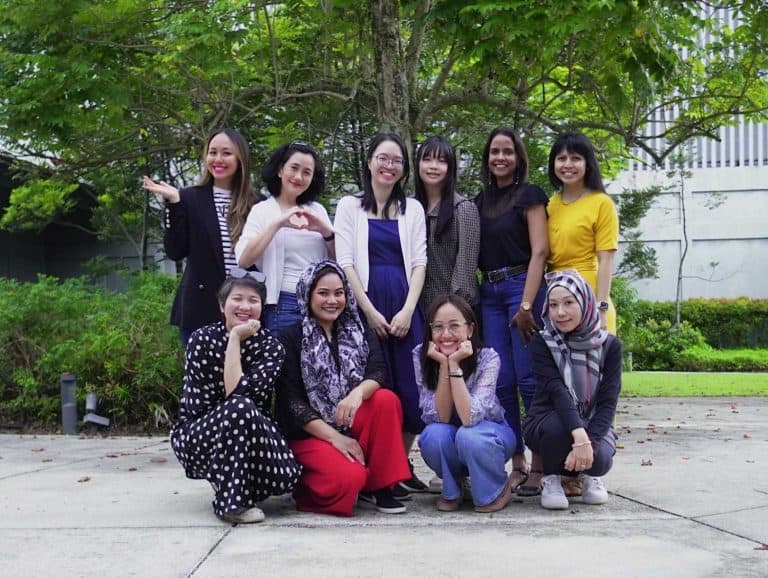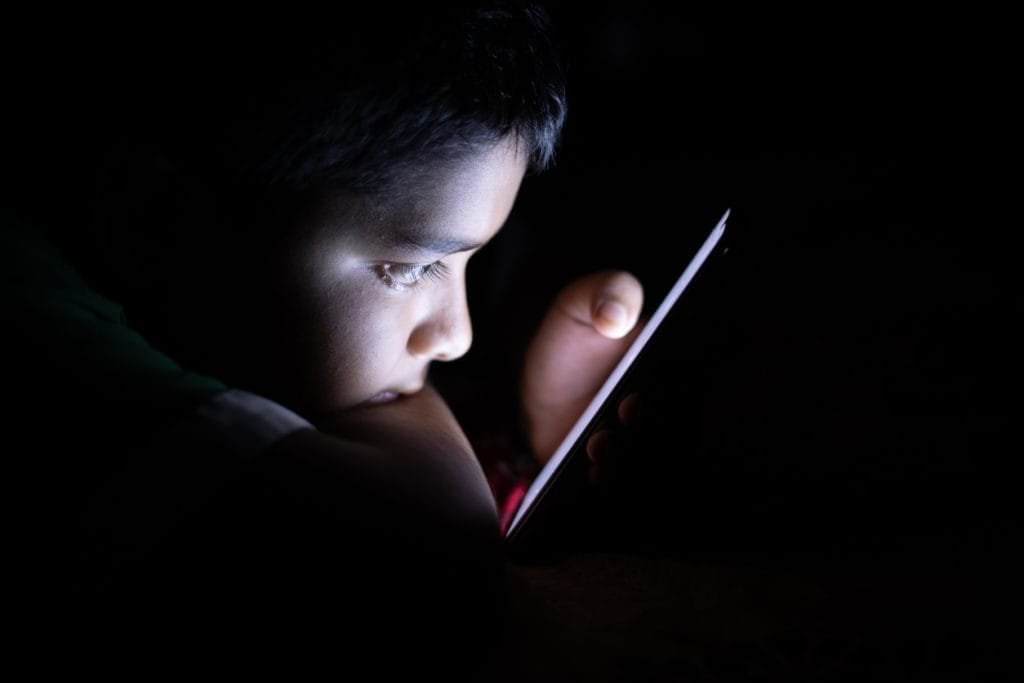
By Dr Tricia Yeoh and Dr Chua Sook Ning
Last week saw a tragic incident that few expected in Malaysia. The country was jolted by the shocking news on 14th October 2025 of Yap Shing Xuen, a 16-year-old girl being stabbed to death by a 14-year-old boy at a local public secondary school.
While details of the investigation are still unfolding, what is apparent is that the boy left a handwritten note, indicating that he may have been influenced by a range of different cultural artefacts including anime, video games, and past US school shooting incidents. The Selangor police also raised the possibility that certain social media content may have shaped his mindset.
This event has compelled Malaysians to reconsider its many policies and approaches towards children and teenagers. In the coming weeks and months, the Ministries of Education, Youth and Sports, Women, Family and Community Development, and Home Affairs will be inundated with policy decisions as they confront the realities at our doorstep.
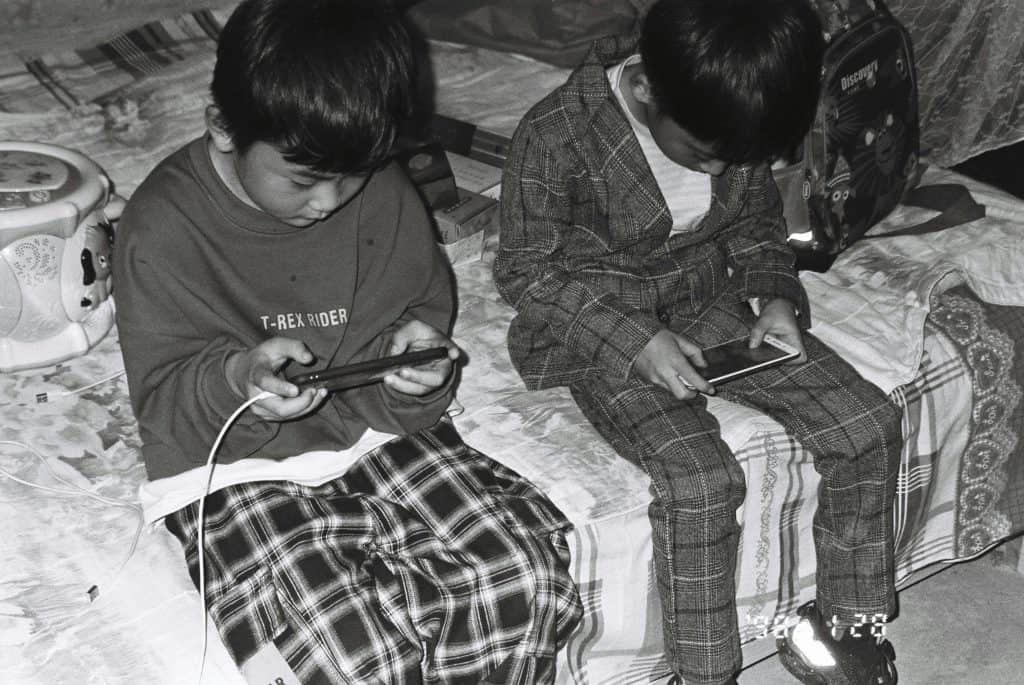
To Ban or Not To Ban: What Other Countries are Doing
At the time of writing, the government has announced it is considering a ban on the use of personal devices in schools for those under 16, as well as to raise the minimum social media age access to 16. While some studies show that use of digital and social media does have some benefits, including opportunities for social contact and exposure to new knowledge, the converse is also true – there is an increased and unsupervised risk of exposure to inappropriate and unsafe content and contacts.
For instance, the American Academy of Pediatrics’ technical report on digital media found high levels of media use are associated with negative health outcomes such as increased risks of depression and obesity, and problems with sleep, attention, and learning. The real and significant negative effects of social media on children and adolescents have led to governments taking steps to protect young people by applying age-restrictions to social media platforms. Australia was the first country to ban social media for those under 16 (to be implemented by December 2025), while Singapore will likely roll out similar age-appropriate content with social media platforms. The UK has also enforced new laws, protecting under-18s from harmful content.
While the efficacy and feasibility of a social media ban is not yet known, there is a broad consensus among experts that a ban alone is insufficient to prevent harm and promote the well-being of Malaysian children and adolescents. This goal requires a whole-of-society approach, including having clearly defined duties of care for digital service providers, teaching digital literacy in schools, and having clear household rules on content, communication, and co-viewing.
How We Got Here — The Generation Rewired by Smartphones
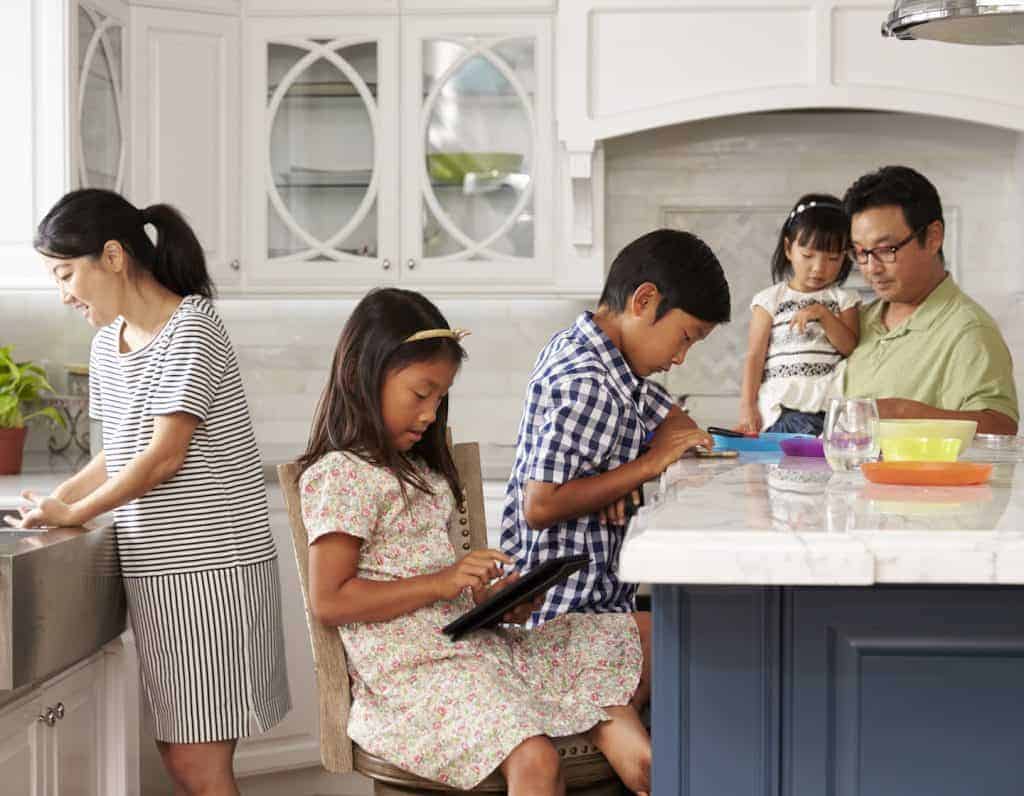
In the US, mental illness increased exponentially between 2010 and 2015 for adolescents, while older generations were much less affected. Social psychologist Professor Jonathan Haidt, in his book “The Anxious Generation” (2024) attributed the sharp increases in depression and anxiety among adolescent boys and girls between 2010 and 2020 to the wide-spread adoption of the smartphone. Haidt argues that it was precisely the arrival of the smartphone that changed life for these youth through what he calls the “Great Rewiring of Childhood”.
How did this happen, precisely?
In Haidt’s research, amongst the harms that smartphones created in the US – and by extension, easy access to either social media or other digital platforms – were social deprivation, sleep deprivation, attention fragmentation and addiction. As adults, we too find ourselves “doom scrolling” our various social media platforms; how much more difficult it would be for young children to resist the constant alerts and notifications.
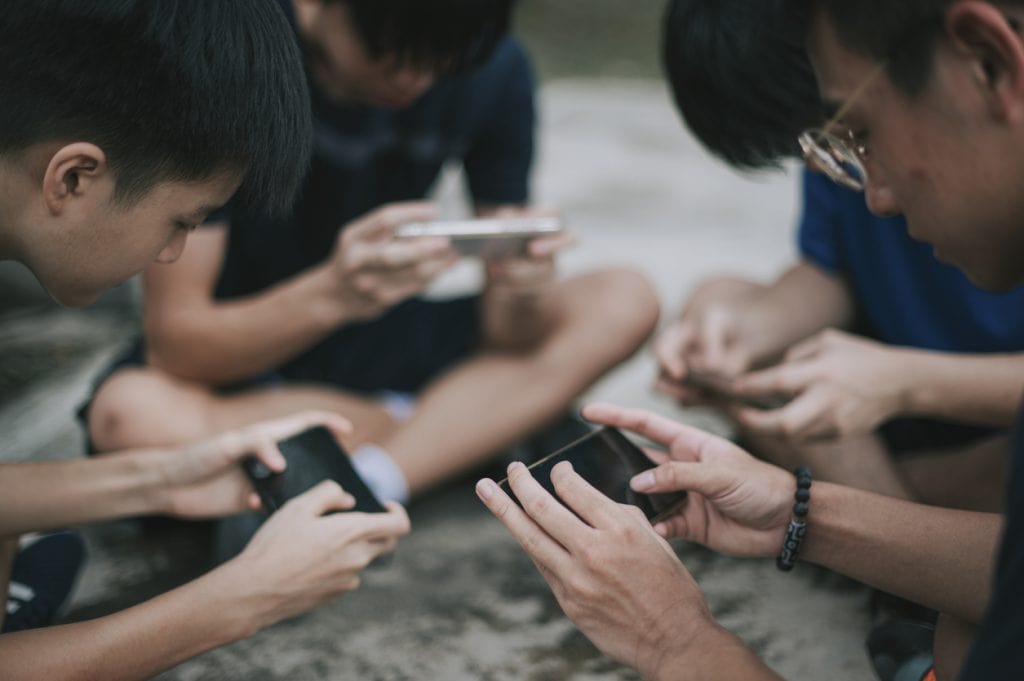
He argues that girls’ social lives moved onto social media platforms in which existing peer pressure of comparing themselves with others to fit a social image escalated, while boys “burrowed deeper into the virtual world as they engaged in a variety of digital activities, particularly immersive online multiplayer video games, YouTube, Reddit, and hardcore pornography”, available for free, right on their smartphones.
The “gradual disengagement with the real world and deepening immersion in the virtual world” appears to be more common among boys who feel frustrated, isolated, and disaffected. They turn to virtual reality (such as gaming, online networks, or pornography) to escape and avoid real-world problems and their own emotional experiences. These boys become increasingly drawn into “virtual packs”, which is only natural given that boys thrive when they have a group of friends. While we understand that there is expert debate over Haidt’s arguments, even his critics seem to agree that adaptation is needed for children to have a safer internet experience.
Malaysia is not exempt from this pattern. Our own National Health and Morbidity Surveys shows that mental health issues among children aged 5 to 15 have risen from 12 per cent to 16 per cent in less than a decade. Among secondary school students, loneliness has doubled from 8 per cent to 16 per cent, and suicidal thoughts have increased from 8 per cent to 13 per cent. In 2022 alone, almost one in five secondary school boys and over a third of girls reported symptoms of depression.
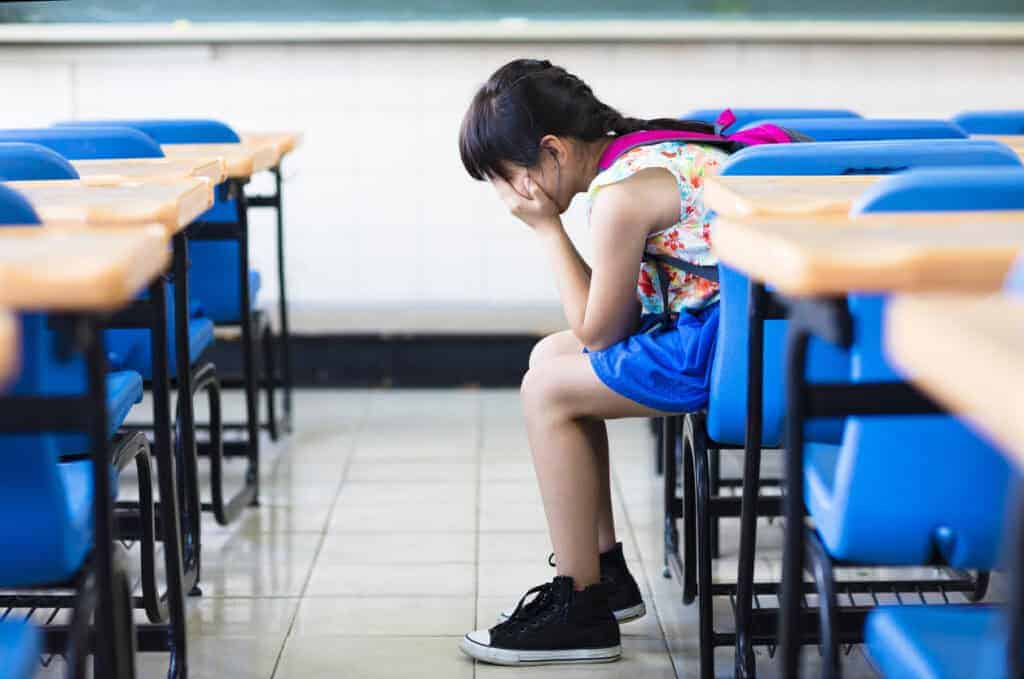
The 2023 Malaysia Youth Mental Health Index paints an equally troubling picture in older youths (15–30 years old): 16 per cent experience anxiety and a staggering 40 per cent experience symptoms of depression. New research is needed to establish whether these trends are linked to the usage of digital media in Malaysia.
Another concerning development within some online spaces for some vulnerable boys is the rise of the “incel” culture (involuntary celibate). The rise and impact of incel culture was highlighted in the widely applauded Netflix series “Adolescence”. Referring to men who blame women and society for their lack of romantic success, they are considered part of the “manosphere”, an ideological web of men’s rights activists and “alpha male” influencers that attract primarily young men searching for meaning and community. At the core of this lies misogynistic tendencies, which may facilitate violence targeting women and girls.
Could these global trends be deeply embedded in Malaysian online spaces too? It is time that Malaysian parents, as well as the whole of society, approaches the internet and access to it, through smartphones, with great wisdom and care.
Raising the Age of Internet Adulthood
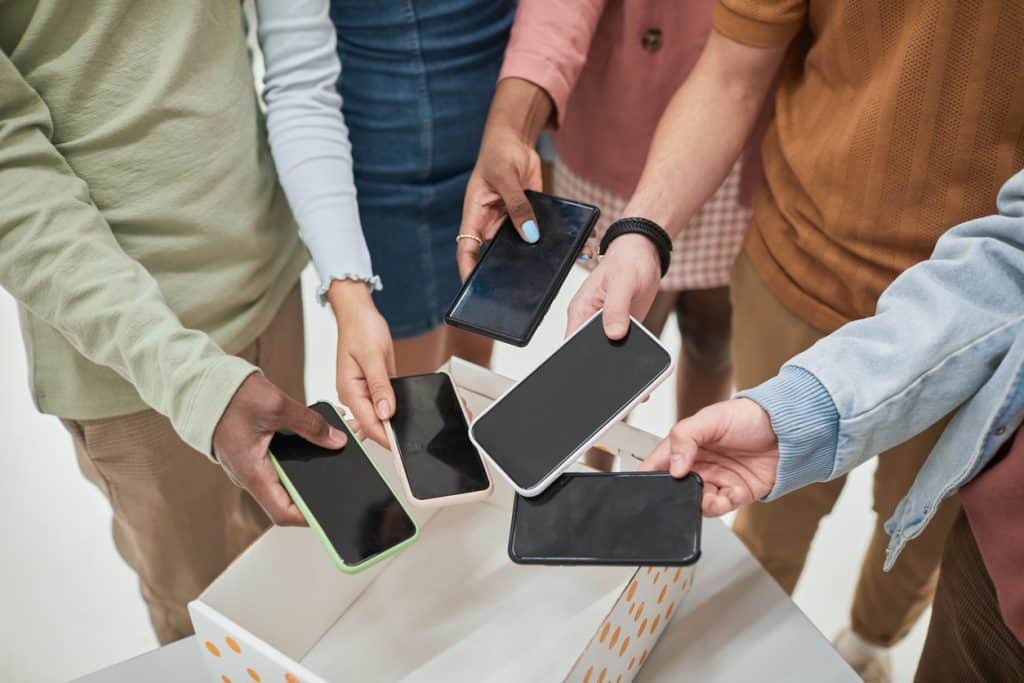
We call for society to raise the age of “internet adulthood” to 16. Having a nationwide ban on social media for those under 16 may help parents who are trying to restrict their children from smartphones. This is less of an argument for the effectiveness of a social media ban, but the acknowledgment that contextual factors can hinder or help the effectiveness of parental mediation, the latter of which often feels daunting, confusing, and impossible to implement. Common barriers to parental mediation of digital media use include adolescents’ expectations, rules set by other parents, and social norms.
Regardless of the ban, if the entire village of parents collectively agrees not to provide smartphones (use basic phones instead) and social media access for children under 16, this could help shape teenagers’ own expectations and reduce peer pressure for both parents and children. In the UK, a parent pact to withhold smartphones from children under 14 has been signed by signatories representing just under 35,000 children. Parents are also creating ‘landline pods’, where children can call each other on landline phones that are helping them communicate and listen better.
When children eventually receive personal devices, these should ideally be used in communal, family spaces – not in the private space of a bedroom. Adopting healthier digital media habits does not mean abolishing them completely; family movie nights, for example, allow for active interaction amongst family members.

For parents of children who are already accessing digital media, the American Academy of Pediatrics’ 5 C’s of Media Use might be useful. It encourages parents to:
- Think about the unique risks and benefits of media for their child.
- Know what digital activities are engaged in and to actively discuss aspects of the content with their child (such as unrealistic beauty standards, or use of violence).
- Learn how to manage strong emotions and challenges rather than relying on avoidance coping or escapism.
- Increase real-life engagement – reducing screen time frees up energy and time to do other things families care about, but that have been crowded out by screen time.
- Communicate about media early and often to build digital literacy and to help identify when their child is struggling.
In addition, there is a need to develop digital parenting training programmes to equip parents with the necessary strategies related to the rules of using digital devices both online and offline to protect children’s safety from the threat of its use. This may include the use of parental controls and content filters on all digital devices in the home. Initial data is promising with improvements in children’s digital use habits and parental bonding.
On this note, a feasible next step for Malaysia is to follow Australia’s eSafety Commission in offering free webinars online on topics such as understanding AI Companions, using parental controls, and recognising online coercive control. These webinars are essential for parents and carers to give them the knowledge, skills, and tools to provide safe digital spaces for their children in the fast-evolving digital world.
While parents play a central role, they cannot and should not be expected to carry this responsibility alone. Many are working long hours, lack digital literacy, or feel outpaced by constantly evolving technology. They need clear guidance, accessible tools, and a supportive community to help them set boundaries, supervise use, and rebuild connection at home.
When families are backed by schools, communities, platforms and policy, they are far more able to create homes with meaningful conversations, screen-free time, outdoor and free play, and opportunities for children to lead in real life rather than escape into virtual worlds. This is not just a parenting issue – it is a societal responsibility. If we act together, we can protect childhood, strengthen families, and prevent the mental health crisis from deepening. Our children should not have to pay the price for our collective inaction.
And now is the time for us to act. The research is clear, the risks are visible, and we can no longer claim ignorance or inevitability. We have enough information to act with intention. What we now need is alignment. If parents, educators, policymakers and technology companies each take responsibility for their part, we can create healthier social and digital norms, and overall safer environments for our young people. May last week’s tragedy be a wake-up call for all members of society to do their part.
Dr Tricia Yeoh is a public policy analyst, social science lecturer, and parent. She is also advisor of Relate Malaysia.
Dr Chua Sook Ning is a practicing clinical psychologist and public health practitioner, lecturer and founder of Relate Malaysia, a not-for-profit mental health organisation.








